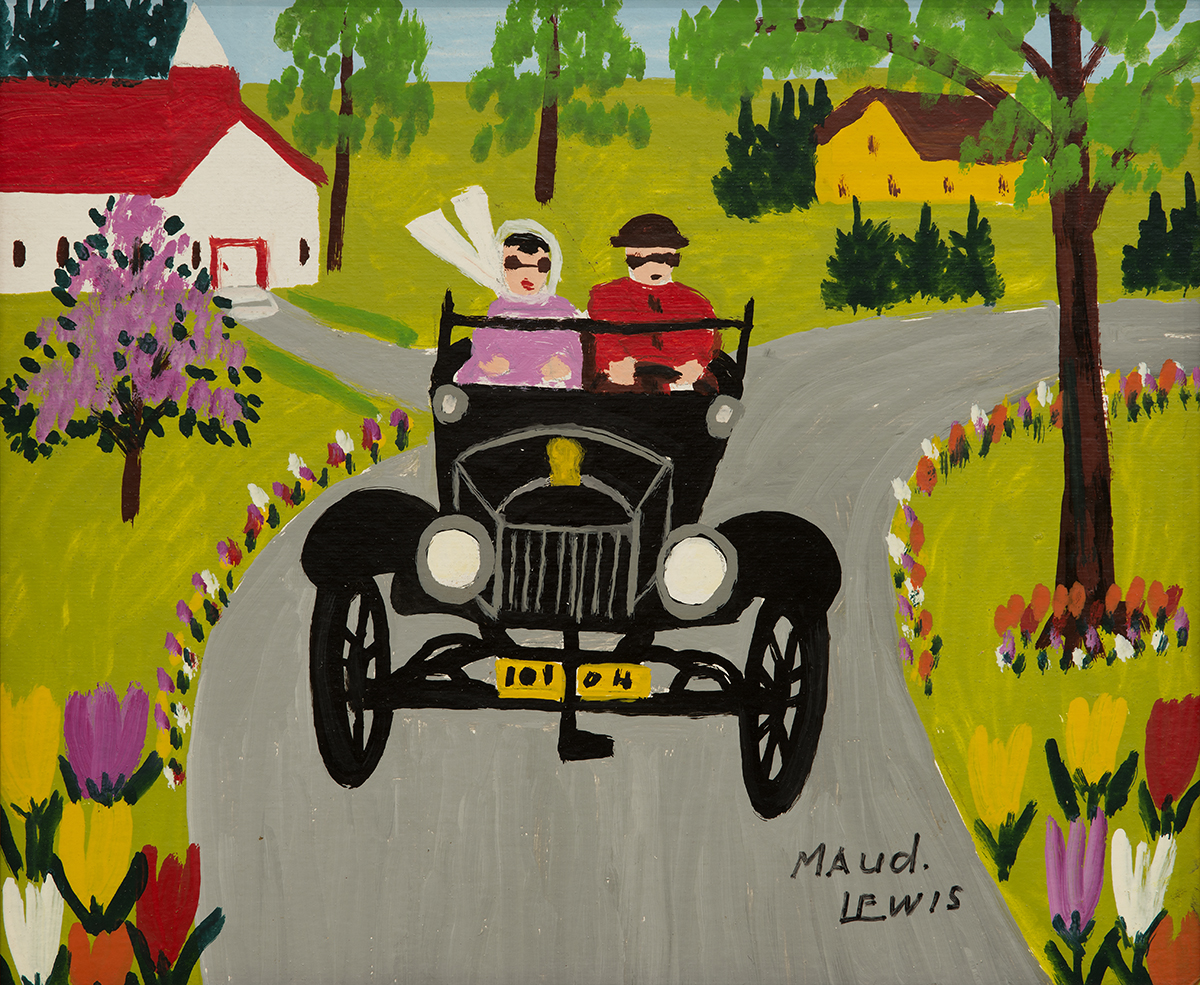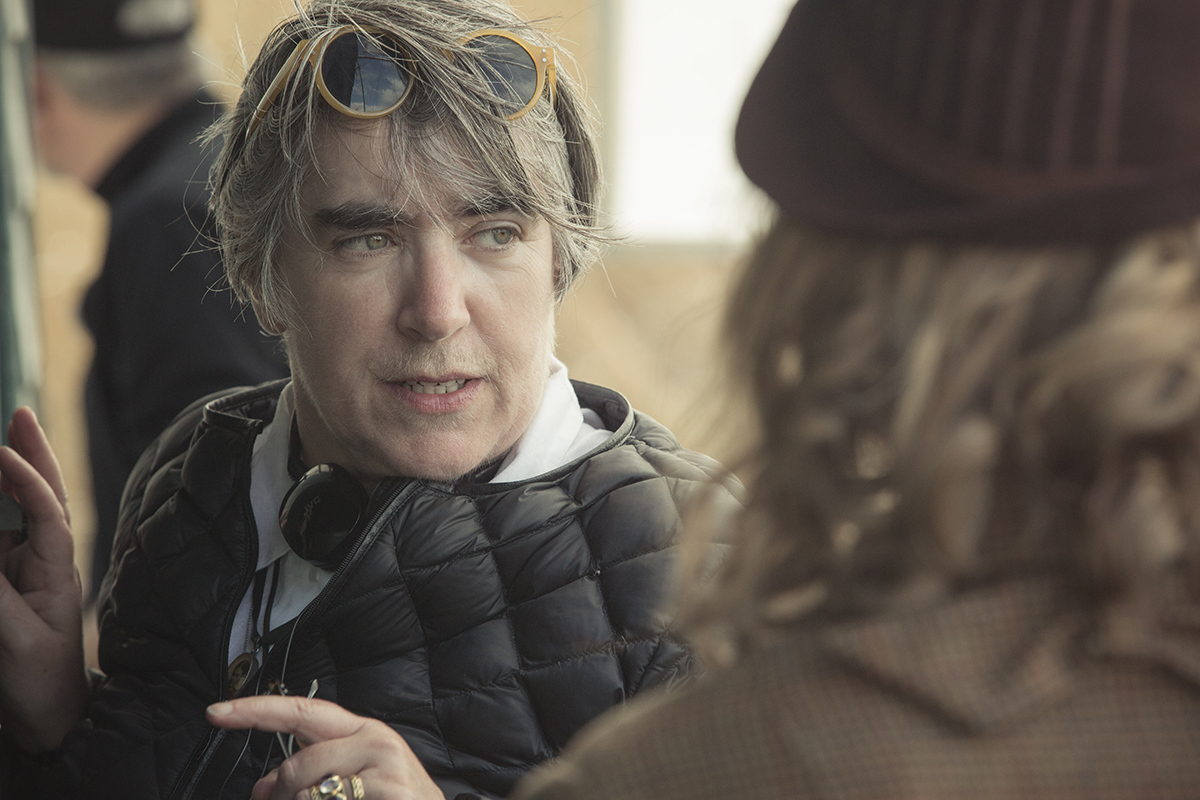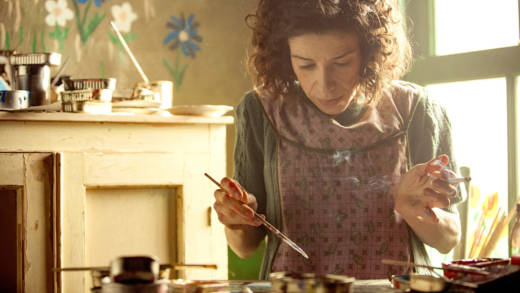Earlier this year, a painting by the Nova Scotian folk artist Maud Lewis sold for $45,000 Canadian dollars. When she was alive, Lewis, born in 1903, sold such pieces from her home for $5 apiece. That home — a cabin-sized house covered in a cheerful riot of painted flowers, birds and butterflies — is now on permanent display in Halifax at the Art Gallery of Nova Scotia. But for Maud Lewis, this work of art was simply a home, for herself and her fishmonger husband, Everett Lewis, its embellishment a testament to their hard-earned love.

Director Aisling Walsh’s new biopic, Maudie, tells the stories of both Maud Lewis’ artistic life and the couple’s relationship. In a recent telephone interview, the Irish director, who trained as a painter herself, describes some of the challenges that faced this pair of outsiders. “They really had to work hard to eke out a very simple life on the fringe of society, because they were castouts,” Walsh says. “She was disinherited by her brother, and had this disability [rheumatoid arthritis] but she found a life for herself.”
British actress Sally Hawkins portrays Maud with an open-faced radiance that may be her most affecting performance to date. As the arthritis contracts Maud’s body, Hawkins appears to slowly fold in on herself. On screen, the contrast between the fragile Maud and stolid Everett is remarkable, a detail Walsh points to as helping to convey the fishmonger’s social position. “He’s the kind of man who’s more physical because he’s worked on the land all his life,” Walsh says. “You have to work quite hard, catch fish, build, chop wood.”

Ethan Hawke portrays Everett as a truculent, reclusive man, hardened by adult isolation and a childhood spent in an orphanage. His relationship with Maud is transformative. “Her life, the life she wants for herself, changed when she met him,” Walsh says, “and his life changed when he met her.”
Their marriage lasted 32 years, until Maud’s death in 1970. For Walsh, Maudie is all about “what happens to people who find one another and let go.” And according to Walsh, “letting go” for Maud and Everett Lewis meant embracing each other’s damaged parts as much as, if not more than, their strengths.

“What I find interesting about the power shift in the movie is that when their relationship begins, he feels that he is the powerful one and she allows him to feel that way,” Hawke explained while in town for Maudie‘s San Francisco International Film Festival screening. “Through the course of the movie he learns how to give that power over to her, and she takes it. And he becomes all the stronger for it.” Hawke likens Everett to a “withered old tree that somehow slowly learns to grow some leaves.” It’s a fitting metaphor for the peculiarities of their particular love story — Maud’s the one who paints in those leaves.



